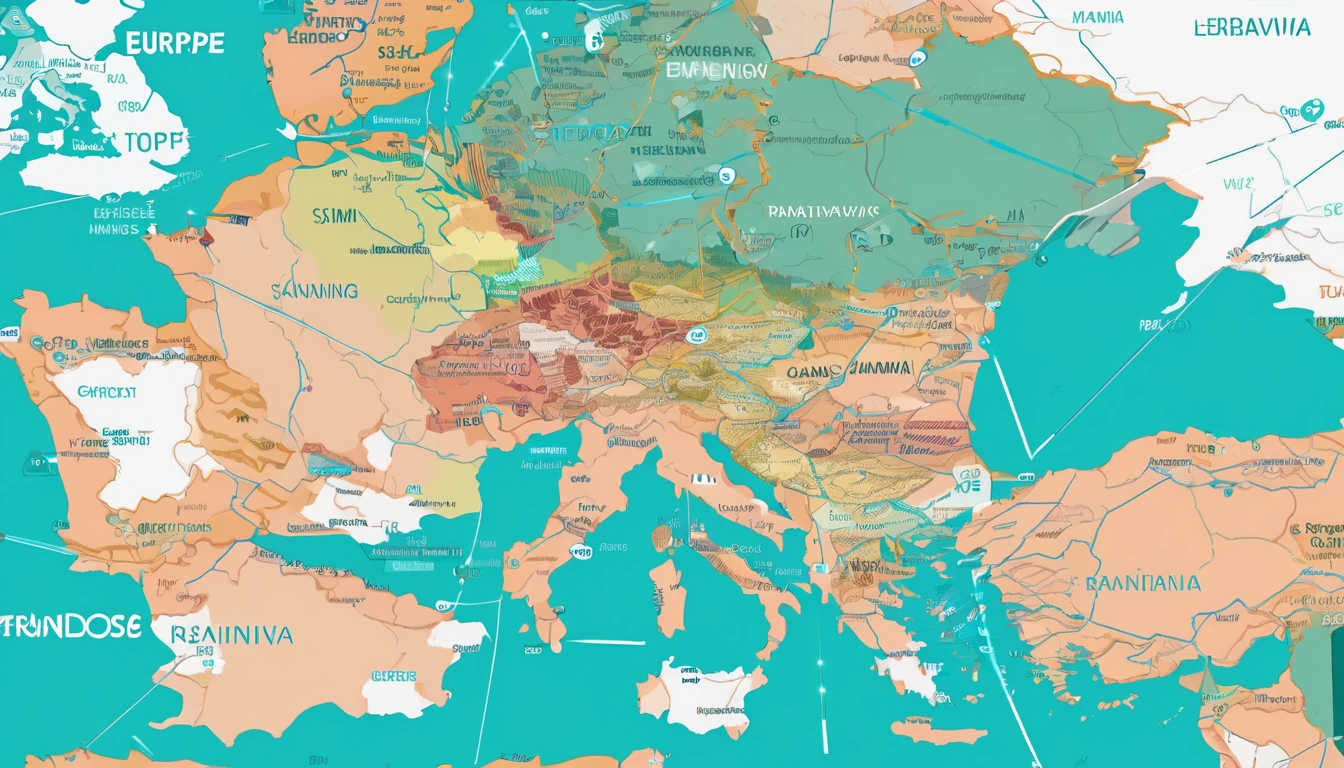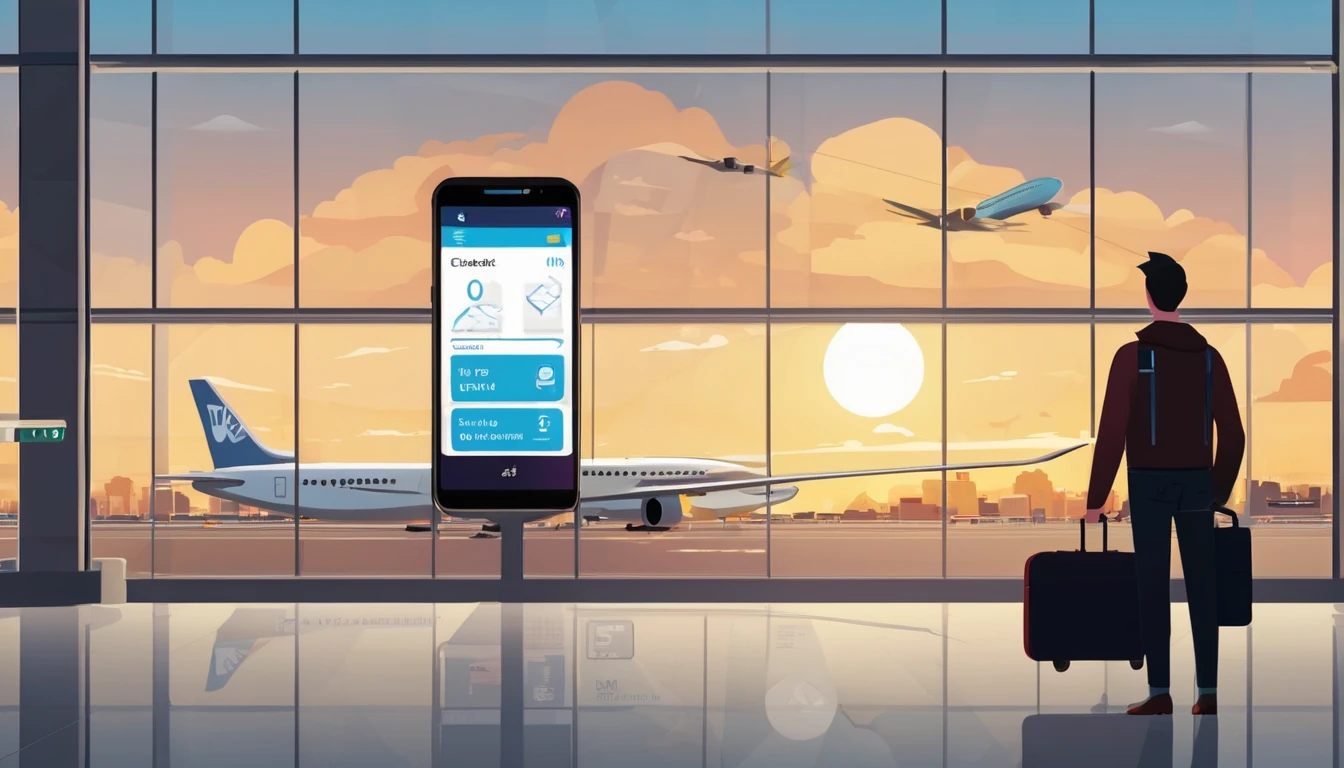If you’ve been waiting for real europe esim plan news that actually helps you travel smarter, this update is for you. Simology’s new Europe regional eSIM plans let you roam across 30 countries with a single installation, one wallet of data, and no SIM swapping. Expect multi‑network access per country, solid 4G/LTE coverage with 5G in major cities, and straightforward fair‑use rules designed to keep speeds consistent for everyone. Pick a tier for a weekend city hop, a two‑week rail trip, or a month of remote work across borders—and top up anytime if you need more.
This post covers what’s new, the full country list, how fair‑use works (with an at‑a‑glance caps table), plan tiers, and step‑by‑step install tips. We also compare Europe regional plans with single‑country options like Esim France, Esim Italy, and Esim Spain, and regional alternatives such as Esim Western Europe or Esim North America.
What’s new in our Europe regional eSIMs (2025)
- One eSIM profile works across 30 European countries—no reinstall when you cross a border.
- Multi‑network connectivity in most countries for better signal redundancy.
- 5G access where available; 4G/LTE as baseline.
- Tethering/hotspot supported (see fair‑use caps below).
- Data‑only plans designed for travellers; use your favourite apps for calls and messages.
- Simple top‑ups that keep the same eSIM active on the road.
- Clear fair‑use policy to prevent surprises and ensure consistent performance for all users.
Pro tip: - If you primarily visit a single country, a local plan (e.g., Esim France) can be more cost‑effective. For multi‑country trips, the Europe regional plan saves time and avoids SIM juggling. Compare options on Destinations.
Coverage: 30 countries, one eSIM
Roam freely across these countries on one eSIM and one data balance:
- Austria
- Belgium
- Bulgaria
- Croatia
- Cyprus
- Czechia
- Denmark
- Estonia
- Finland
- France
- Germany
- Greece
- Hungary
- Ireland
- Italy
- Latvia
- Lithuania
- Luxembourg
- Malta
- Netherlands
- Norway
- Poland
- Portugal
- Romania
- Slovakia
- Slovenia
- Spain
- Sweden
- Switzerland
- United Kingdom
What to expect: - Urban areas: typically strong 4G/5G. - Intercity and rural: reliable 4G; speeds can vary in remote regions and mountain routes. - Network selection: your device will auto‑select the best available partner network; you can manually switch if needed.
Check country‑specific notes and city coverage on Destinations.
Plan tiers: pick by trip length and usage
Choose a tier based on how you travel and how much data you actually use.
- Lite: 3 GB, 7 days – ideal for long weekends, maps, ride‑hailing, light socials.
- Standard: 10 GB, 15 days – great for two‑week itineraries with moderate streaming.
- Plus: 20 GB, 30 days – comfortable for multi‑country rail trips and hybrid work.
- Max: 50 GB, 30 days – built for heavy users, hotspotting, and longer stays.
- Top‑ups: add 5–20 GB anytime; your eSIM stays active.
Note: Availability and exact allowances may vary by market currency and inventory. You’ll see current options at checkout on Destinations.
Fair‑use policy explained
Our fair‑use policy keeps the experience stable for everyone, especially in crowded tourist spots or during big events. It focuses on daily soft caps (to balance peak demand) and reasonable hotspot use (so one device doesn’t degrade a whole cell).
Key points: - Daily soft cap: after a certain amount of data in a day, speeds may be deprioritised for the rest of that day, then reset the next day. - Hotspot allowed: share safely with your laptop/tablet; see allowances per tier below. - Video streaming: full speed within your plan; after the daily soft cap, video may play at SD quality. - Top‑ups: if you hit your overall plan allowance before the end of validity, add more data instantly—no reinstallation.
Fair‑use caps at a glance
These are typical caps at launch. Local network conditions can influence exact thresholds.
Tier
Total data
Validity
Daily soft cap before deprioritisation
Hotspot allowance (share of total)
Post-cap typical speeds
Video guidance
Lite
3 GB
7 days
1 GB/day
Up to 50%
1–3 Mbps
SD after cap
Standard
10 GB
15 days
2 GB/day
Up to 70%
1–5 Mbps
SD after cap
Plus
20 GB
30 days
3 GB/day
Up to 80%
2–10 Mbps
SD after cap
Max
50 GB
30 days
5 GB/day
Up to 100%
2–10 Mbps
SD after cap
Notes: - “Daily” resets each calendar day based on local network time. - Deprioritisation means your traffic may be temporarily slower when the network is busy; it is not a hard block. - There’s no limit on how many countries you can pass through in a day. Keep data roaming enabled.
Pro tips: - Heavy maps and photo backup can eat data—turn off auto‑upload on cellular. - Download offline maps/playlists over Wi‑Fi before travel. - Set streaming apps to “Data Saver” or 720p for better mileage on Standard and Plus tiers.
Installation and activation: step‑by‑step
Before you start: - Make sure your phone is unlocked and eSIM‑compatible. - Have a stable Wi‑Fi connection for installation. - Keep your physical SIM active if you need your home number for calls/SMS.
iOS (iPhone): 1. Purchase a Europe regional plan on Destinations. 2. Open the install email or in‑app eSIM card and tap “Add eSIM”. 3. Follow prompts: Settings > Mobile Data > Add eSIM. 4. Set “Simology” as Data Only; retain your primary SIM for voice if needed. 5. Turn on Data Roaming for the new eSIM. 6. APN config is automatic; if prompted, accept default settings. 7. Test with a quick web page. You’re ready to roam.
Android (Pixel/Samsung and similar): 1. Buy your plan on Destinations. 2. Go to Settings > Network & Internet > SIMs > Add eSIM (wording varies). 3. Scan the QR or add via activation code. 4. Set the Simology eSIM as the data SIM. 5. Enable Data Roaming. 6. Confirm APN is auto‑filled; if not, use the values provided at checkout. 7. Test connectivity.
Common checks: - If you don’t see a connection after landing, toggle Airplane Mode, then re‑enable data roaming. - Manually select a different partner network if speeds are inconsistent in a specific area.
Who this is for
- City hoppers and rail pass travellers: one eSIM across multiple borders—no downtime at each station.
- Business travellers: predictable costs, easy hotspotting for your laptop. Centralised control available via For Business.
- Digital nomads: stable data across countries without re‑KYC or SIM shop detours.
- Families and groups: mix tiers and share hotspots as needed.
- Partners and resellers: offer a Europe SKU with clear value. Explore the Partner Hub.
Europe vs single‑country and other regional plans
When to choose the Europe regional plan: - You will cross two or more borders. - You want one data wallet with simple top‑ups. - You’re unsure of the exact route and need flexibility.
When a single‑country plan may be better: - You’re staying put (e.g., Paris only) and want a local option like Esim France, Esim Italy, or Esim Spain for maximum value.
Other regional choices: - Western Europe only? Compare with Esim Western Europe. - Crossing the Atlantic? Pair with Esim United States or go multi‑country with Esim North America.
Practical usage examples
- Weekend in London + day trip to Paris (Lite): maps, ride‑hailing, socials—keep video to SD and download playlists offline.
- Two‑week Italy + Spain itinerary (Standard): 10 GB covers maps, socials, moderate streaming. Top up if you add remote work days.
- Month‑long rail loop (Plus): 20 GB with hotspot allowance will handle email, calls, light video meetings.
- Remote work month across DE/AT/CH (Max): 50 GB plus hotspot is ideal for daily calls; set video meetings to 720p for consistency.
FAQs
1) Will it work on my phone? Most unlocked iPhones (XR/XS and newer) and many modern Androids support eSIM. Check your device and country notes on Destinations.
2) Can I keep my number and WhatsApp? Yes. Keep your physical SIM for calls/SMS. Set Simology as “Data Only”. WhatsApp and similar apps continue to use your existing number.
3) Does the plan include voice minutes or SMS? These are data‑only plans. Use apps like WhatsApp, FaceTime, or Teams for calling/messaging over data.
4) When does validity start? Validity starts when the eSIM first connects to the network (not at purchase). You can install in advance over Wi‑Fi, then activate on arrival.
5) Is 5G included? Where partner networks offer 5G and your device supports it, you can access 5G. Otherwise you’ll connect via 4G/LTE. Speeds vary by location and network load.
6) Can I top up or extend my plan? Yes. Add data in your account without reinstalling the eSIM. Top‑ups keep your eSIM active for the original validity or as stated at checkout.
The takeaway
One eSIM, 30 countries, plain‑English fair‑use, and easy top‑ups. That’s flexible roaming without the faff. Check coverage details, current tiers, and availability for your route on Destinations.
Next step: Compare plans and buy your Europe eSIM on Destinations.




